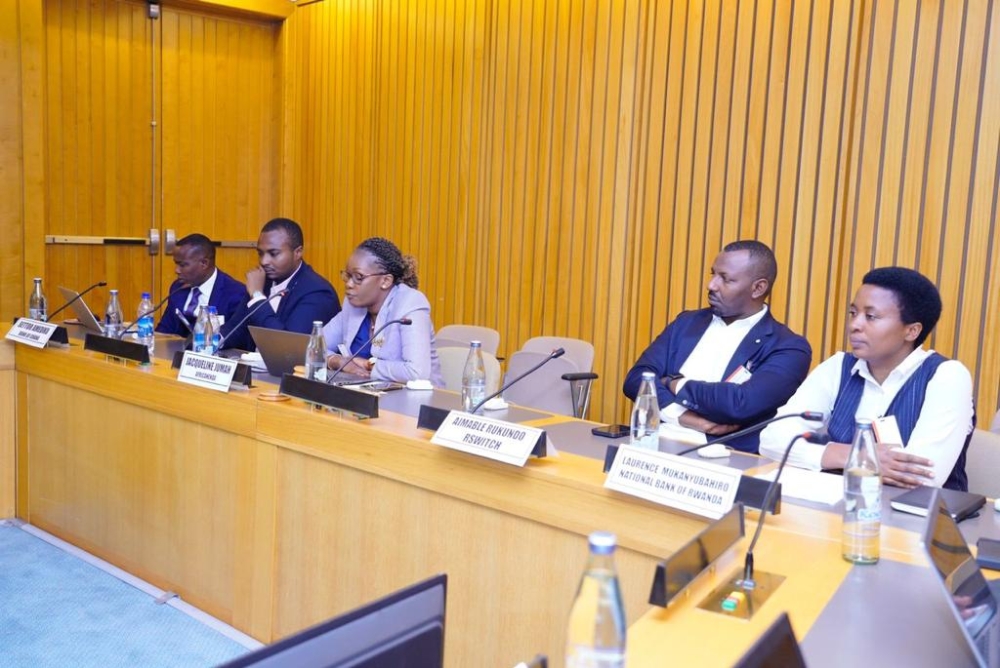

The State of Inclusive Instant Payments in Africa (SIIPS) 2023 report, released on Wednesday, November 8, highlights the persistent barriers to accessing digital payment systems and the limited adoption of such systems.
People adopt digital payments when they meet a specific need better than cash or are safer than cash, according to the report. Additionally, businesses make the transition to digital payments when their customers demand it, considering factors like time and cost.
ALSO READ: Rwanda to go cashless by 2024: Are you on board?
During a breakout session held at the report’s launch in Addis Ababa, Ethiopia, experts in the digital payments field discussed the future of payment systems in Africa. This was in response to the increasing consumer demand for seamless and real-time transactions tailored to their specific needs.
According to Aimable Rukundo, the Chief Digital Information and Projects Officer at R-Switch, the National e-payment switch of Rwanda, there is a challenge in making switches more user-friendly, particularly when designing them for financial service providers (FSPs) and end users.
Think of a switch as a system or platform that facilitates electronic transactions and the routing of payments between different financial institutions, such as banks or payment processors.
ALSO READ: Launch of eKash: Rwanda&039;s National Digital Payment System
Rukundo said FSPs must be guided in building their use cases to ensure an interactive user experience in instant payments, as opposed to traditional delayed transactions.
"FSPs' use cases can be complex for end users, but they must adapt to different user groups, such as communities or internet banking users,” he said.
Rukundo highlighted that in Rwanda, there is a need to consider USSD and feature phones for the majority of users, adding that providing an easier way to make payments, such as using short codes, could lead to a better consumer experience.
He called for collaboration with FSPs to enhance the user experience, as they lack the autonomy to optimise it independently.
According to SIIPS 2023 report, the gender gap in payment use in Africa is persistent, and supply-side, gender-disaggregated data is not available to help tailor design.
Laurence Mukanyubahiro, a Senior Analyst for Payment Systems at the National Bank of Rwanda, highlighted the factors contributing to the gap.
Those include a significant gender gap in account ownership (12 per cent) in African countries, low digital literacy among women, legal barriers, and financial service providers not offering products tailored to women's needs.
ALSO READ: New programmes to empower Rwanda's women in finance
To address the challenges, Mukanyubahiro proposed several solutions, including policy reforms, education, initiatives to empower women economically, and government policies prioritising financial inclusion with a focus on gender inclusion.
She also suggested providing targeted credit and micro-loan programmes for women and requiring financial institutions to report on their efforts for financial inclusion.
"Financial service providers should design gender-responsive financial products and adopt inclusive outreach strategies,” she continued, adding that the specific measures should be tailored to each country's unique challenges and opportunities to achieve gender balance.
Settor Kwabla Amediku, the Director of the Payment Systems Department at the Bank of Ghana, highlighted that digital payment services have reduced the need for visiting physical banks in the country.
He emphasised the importance of trust in the financial system and called for the enforcement of existing regulations, particularly the establishment of a transparent recourse mechanism for consumer protection.
Amediku further highlighted the role of central banks in creating a conducive regulatory environment for instant payments and stressed the need for collaboration between regulators and the private sector, particularly switch operators, to build trust in the financial system and promote the use of digital payment services in their respective jurisdictions.


